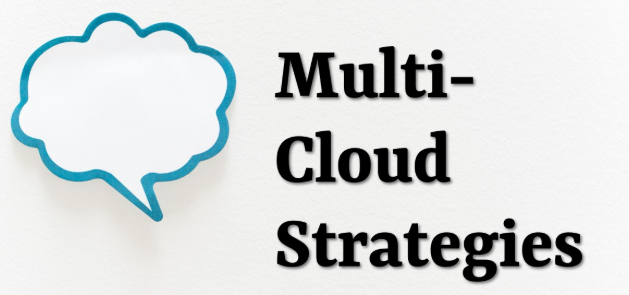In today’s digital-first business world, cloud computing is no longer optional—it’s essential. Companies depend on cloud platforms to run applications, manage data, and support remote workforces. As cloud adoption has grown, so has the concept of multi-cloud strategies, where organizations use more than one cloud provider instead of relying on a single vendor.
Multi-cloud adoption has become popular among enterprises, startups, and even small businesses, but is it always the right choice? Let’s explore the advantages and drawbacks of a multi-cloud approach to help you decide whether it fits your business needs.
Pros of Multi-Cloud Strategies
1. Avoiding Vendor Lock-In
Relying on a single provider can make a business dependent on that vendor’s pricing, features, and policies. Multi-cloud allows organizations to stay flexible. If one provider increases costs or changes terms, businesses can shift workloads to another provider without starting from scratch.
2. Improved Reliability and Redundancy
Downtime can cost companies thousands of dollars per minute. By distributing workloads across multiple clouds, businesses reduce the risk of outages. If one provider experiences downtime, services can failover to another, ensuring higher availability and business continuity.
3. Cost Optimization
Different providers may offer better pricing for specific workloads. For instance, one cloud might be more affordable for data storage, while another could be cheaper for compute-intensive tasks. A multi-cloud setup lets businesses take advantage of the best pricing across providers.
4. Access to Best-of-Breed Services
Every cloud provider has unique strengths. AWS is known for scalability, Microsoft Azure integrates well with enterprise software, and Google Cloud offers advanced data analytics and AI tools. With multi-cloud, organizations can cherry-pick the best services from each provider.
5. Greater Global Reach
Using multiple providers can give businesses access to a wider network of global data centers. This helps reduce latency for international customers and ensures compliance with data residency regulations in different countries.
Cons of Multi-Cloud Strategies
1. Increased Complexity
Managing more than one provider adds layers of complexity. Businesses must monitor performance, billing, and usage across multiple platforms. This often requires specialized tools or additional IT staff, which can increase costs and workload.
2. Higher Learning Curve for Teams
IT teams must learn how to navigate and manage each provider’s interface, tools, and security protocols. This can be challenging for smaller businesses that lack in-house expertise. Training costs and potential misconfigurations may also pose risks.
3. Security and Compliance Challenges
With workloads spread across different platforms, maintaining consistent security policies can be difficult. Misaligned compliance standards may create vulnerabilities. Businesses need strong governance frameworks to avoid data breaches or regulatory penalties.
4. Integration and Compatibility Issues
Not all cloud platforms integrate seamlessly with each other. Moving data or applications between providers can be technically challenging and time-consuming. Businesses may need third-party solutions or middleware to ensure smooth interoperability.
5. Potential Hidden Costs
While multi-cloud can reduce dependency on one provider, it may lead to unexpected expenses. Managing multiple providers means more contracts, monitoring tools, and sometimes redundant resources. Without careful planning, the strategy can become more expensive than a single-cloud setup.
Conclusion
A multi-cloud strategy can be a powerful way to increase flexibility, reduce risks, and take advantage of best-in-class services across providers. However, it’s not without its challenges. The added complexity, management overhead, and security concerns may outweigh the benefits for smaller businesses or those without a strong IT team.
The key is balance. For some organizations, starting with a hybrid cloud model—a mix of private and public cloud—may be a safer step before fully committing to multi-cloud. Others with complex needs or global operations may find multi-cloud to be the best long-term solution.
Ultimately, whether multi-cloud is right for your business depends on your goals, resources, and appetite for complexity. Done well, it can unlock agility and resilience. Done poorly, it can create more headaches than it solves.

